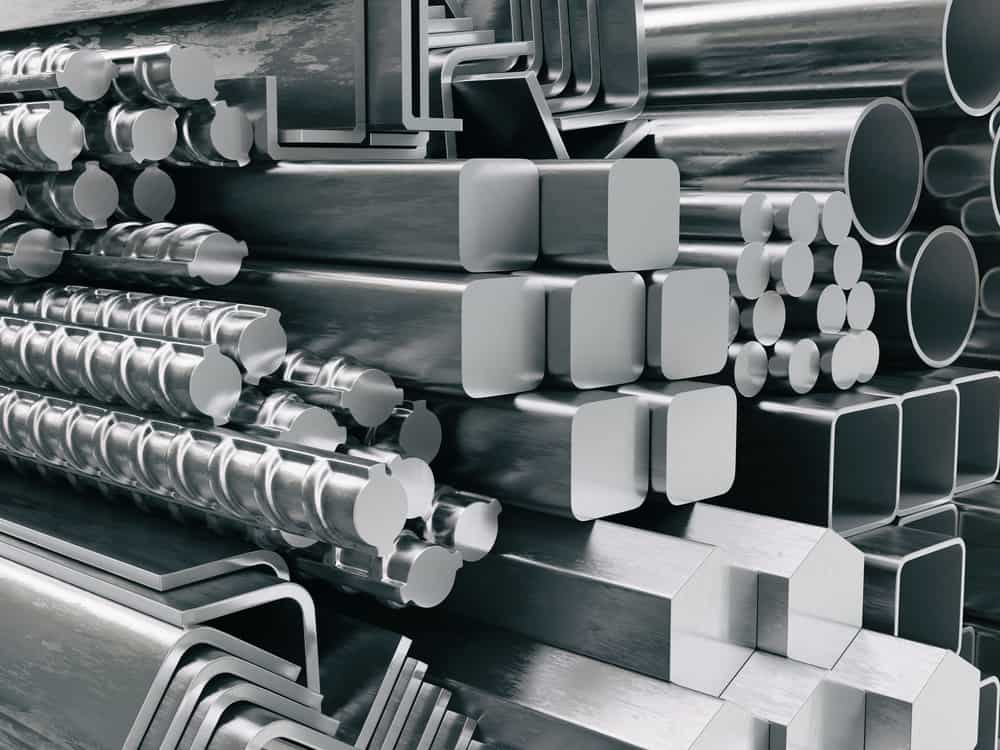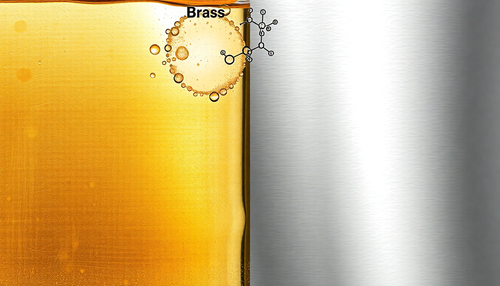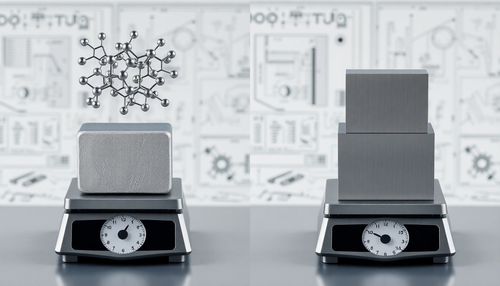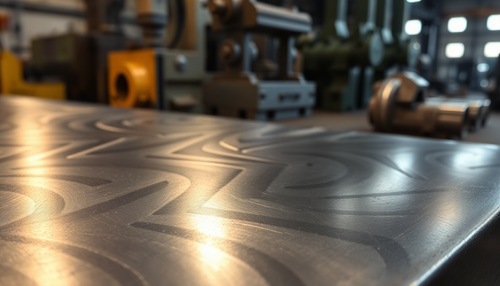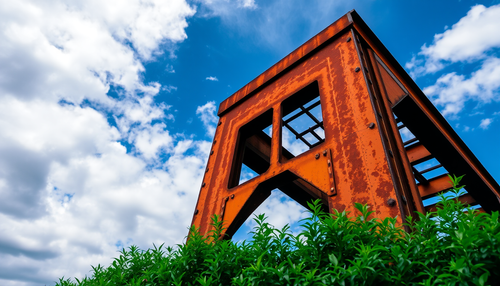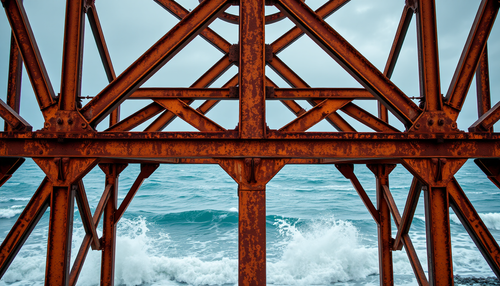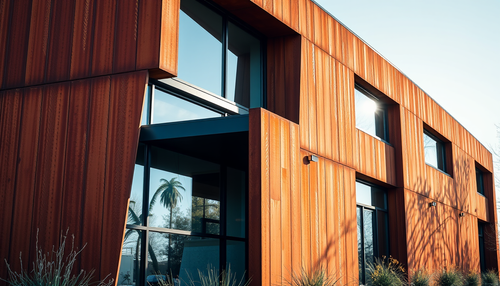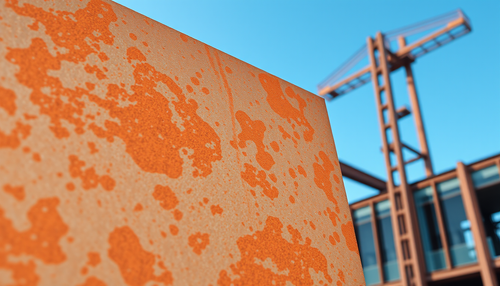
Introduction to 3Cr13 Steel
Chinese 30Cr13 (3Cr13 steel) is a martensitic stainless steel, this steel has good mechanical processing performance. After heat treatment (quenching and tempering), it has excellent corrosion resistance and high polishing resistance and wear resistance. After quenching and tempering treatment, when the hardness is below HRC30, the 3Cr13 material has good processability and is easy to obtain good surface quality, and when the hardness is greater than HRC30, the surface quality is good, but the tool is easy to use.
Compared with 1Cr13 (12Cr13) and 2Cr13 steel, 3Cr13 stainless steel has higher strength, hardness and higher hardenability. It has certain corrosion resistance in dilute nitric acid and weak organic acid at room temperature, but not as good as 1Cr13 and 2Cr13.
30Cr13 = 3Cr13 stainless steel grade designation:
- 30 (or 3) – Average carbon content: 30/10000 (0.3%), old designation: 3/1000
- Cr – Chrome
- 13 – Average chromium content: 13%
3Cr13 Datasheet
The following tables list the technical details of 3Cr13 steel, such as chemical composition and mechanical properties, etc.
(30Cr13) Chemical Composition of 3Cr13 Stainless Steel
| Chemical composition % | |||||||
| Steel Grade | W | Si (≤) | Mn (≤) | P(≤) | S (≤) | Cr | Ni (≤) |
| 3Ch13 (30Cr13) |
0.26-0.35 | 1.00 | 1.00 | 0.040 | 0.030 | 12:00-14:00 | 0.60 |
Mechanical properties
For hot rolled steel bars after quenching and tempering
- Tensile strength: ≥735 N/mm2
- Conditional yield limit: ≥540 N/mm2
- Elongation: ≥12%
- Area reduction rate: ≥40%
- Impact energy: ≥24 J
- Toughness:
- HBW: ≤ 217 (quenched and tempered); ≤ 235 (annealed)
- HV: ≤ 247 (after annealing)
- HRC: 48-53 (quenching and tempering)
Grades:
- Data are for steel diameter (d) less than or equal to 75 mm.
- 1 N/mm2 = 1 MPa
For cold-rolled steel sheets and strips after annealing
- 0.2% proof strength: ≥225 MPa
- Tensile strength: 540 MPa
- Elongation: ≥18%
- Toughness:
- PNQ: ≤ 235
- HRB: ≤ 99
- HV: ≤ 247
Physical properties
- Density (g/cm3): 7.76
- Melting point: 1365 ℃
- Specific heat capacity (J/Kg·K): 170 at 0-100°C
- Thermal conductivity (W/m·K):
- 25.1 to 100°C
- 25.5 to 500°C
- Linear thermal expansion coefficients (10 -6 /K):
- 10.5 (0-100°C)
- 12.0 (0-500°C)
- Electrical Resistivity (μΩ·m): 0.52 at 20℃
- Longitudinal modulus of elasticity (kN/mm2): 219 to 20°C
Typical heat treatment
For steel bars
- Annealing: 800 – 900 ℃ (slow cooling)
- Quenching: 920 – 980 ℃ (oil cooling)
- Quenching: 600 – 750 ℃ (rapid cooling)
For steel sheets and strips
- Annealing: About 750°C (rapid cooling) or 800 – 900°C (slow cooling)
- Extinguishing: 980 – 1040°C (rapid cooling)
- Quenching: 150 – 400 ℃ (air cooling)
Forms
3Cr13 steel is mainly used for high strength parts as well as wear parts under high tension load and certain corrosive media such as tools and springs working below 300°C; shafts, screws, nozzles, valves, valve seats and bearings working below 400 °C.
(30Cr13) 3Cr13 steel equivalent
30Cr13 (3Cr13 stainless steel) equivalent to US ASTM, Germany DIN, Japanese JIS, France NF, UK BS and ISO standard.
You may also be interested in 3Cr13 vs 2Cr13 Steel .
| China | USA | European Union | Japanese | ISO | |||||
| Standard | Note | Standard | Note | Standard | Note | Standard | Note | Standard | Note |
| GB/T 1220; GB/T 3280 |
3Cr13 (30Cr13) | AISI-SAE; ASTM A276/A276M |
420 | EN 10088-2 | X30Cr13 (1.4028) | JIS G4303 | SUS420J2 | ISO 15510 | X30Cr13 |

